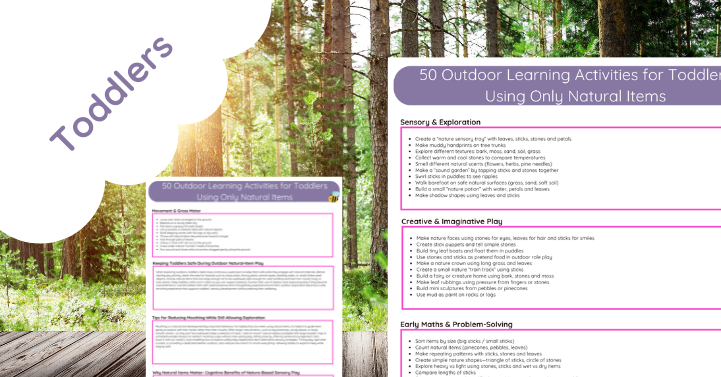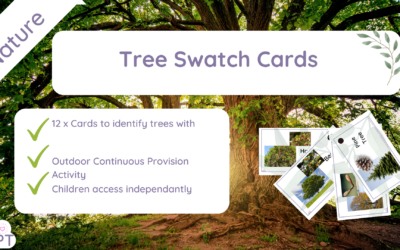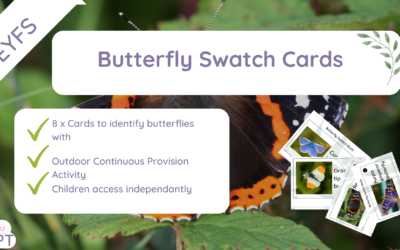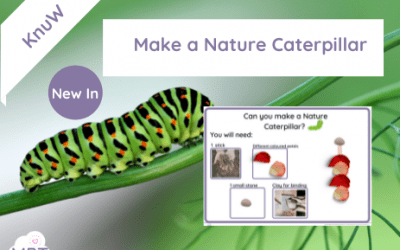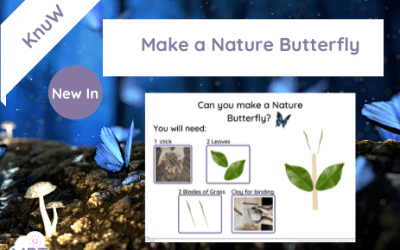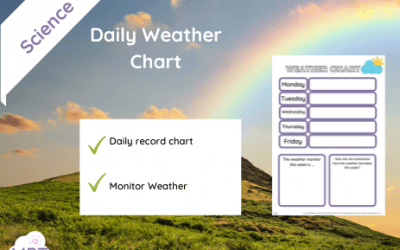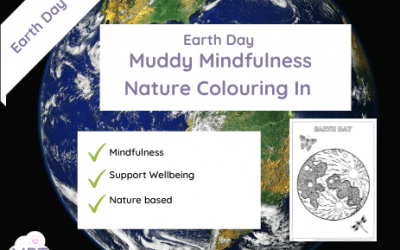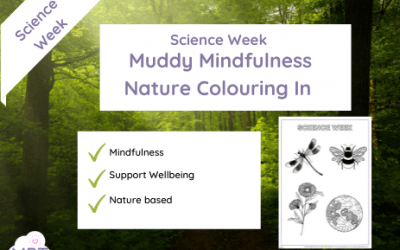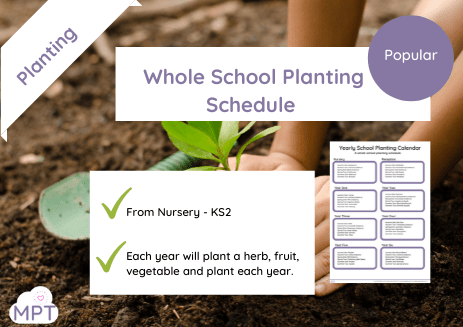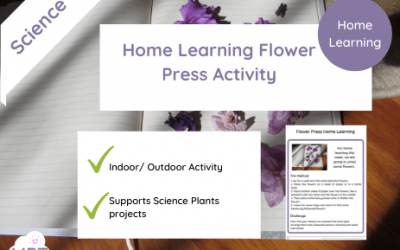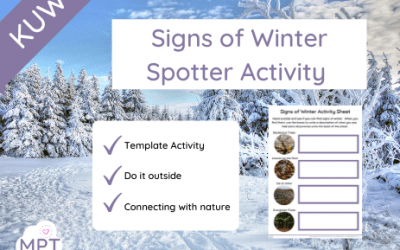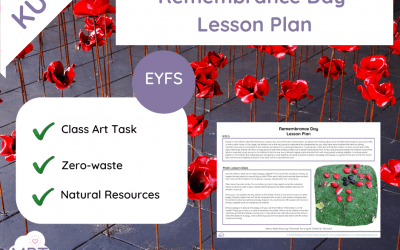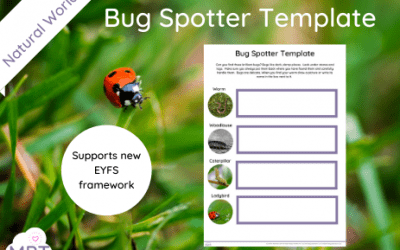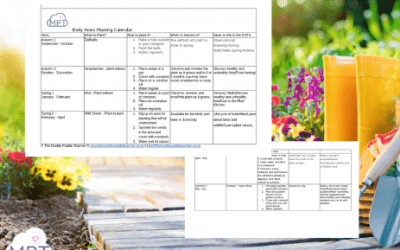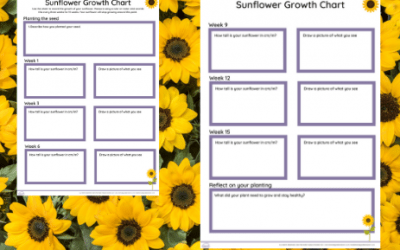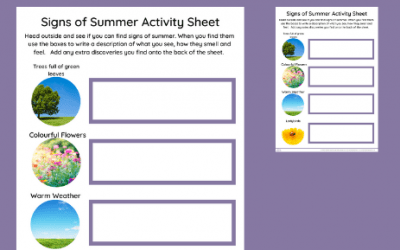What does this resource include? 12 x Tree swatch cards of typical trees found in the UK How can I use this resource? ...
Butterfly Swatch Book
Apr 24, 2023
What does this resource include? Eight cards of typical butterflies found in the UK How can I use this resource? Cut...
Nature Easter Eggs Template
Apr 7, 2022
Use Nature Easter Eggs to enhance your outdoor learning, find more outdoor learning resources under your year group...
How to make a Nature Caterpillar (Tuff Spot)
Mar 7, 2022
Such a simple but much-loved activity. Children follow the instructions as they make their very own Nature...
Make a Nature Butterfly (Tuff Spot)
Mar 7, 2022
Make a Nature butterfly follow instructions and use nature to create a beautiful bit of art. Outdoor learning for...
Class Weather Chart (Daily)
Mar 7, 2022
Use this handy Class Weather Chart to record the weather daily but also find time to reflect on why weather happens...
Earth Day – Nature Mindfulness Colouring In
Feb 27, 2022
Use Earth Day - Nature Mindfulness Colouring In to take some time out to focus on the world. Allow the children some...
Science Week – Nature Mindfulness Colouring In
Feb 27, 2022
Download Science Week - Nature Mindfulness Colouring In, to put a sustainable focus on the children's learning this...
Whole School Yearly Planting Calendar
Feb 10, 2022
How to make a Flower Press (Home Learning)
Feb 8, 2022
Signs of Winter (Template)
Dec 20, 2021
Sign of Winter Spotter Sheet is a template resource that you can print off and use outside with clipboards! We make...
The Great Muddy Christmas Party
Dec 13, 2021
The Great Muddy Christmas Party If you want to shake things up this Christmas and have a traditional Christmas Party...
Remembrance Day (Lesson Plan EYFS)
Nov 9, 2021
Remembrance Day (Lesson Plan EYFS) ⇒Use Remembrance Day (Lesson Plan EYFS) to take your children outside and allow...
Bug Spotter Template
Jun 9, 2021
Use this bug spotter sheet to get your class outside muddya nd messy! Supports the new EYFS curriculum.
Farm Park Resource (Footprint Spotter Sheet)
Apr 25, 2021
Going on a Farm Park Trip? Use Farm Park Resource (Footprint Spotter Sheet) to get your class outside, in the mud and...
Early Years Planting Calendar
Apr 19, 2021
Use the Early Years PLanting calendar to get a fun and organised planner to help you plant various plants if you are...
Sunflower Day Growth Chart – EYFS/KS1
Apr 11, 2021
EYFS/KS1 - Enjoy using this resource on Sunflower Day so that the children can record the height and observe their...
*FREE* Signs of Summer Explorer Sheet
Jan 27, 2021
Use the Signs of Summer Explorer Sheet to get the children outside applying their Science and wonder of the world the...
New In
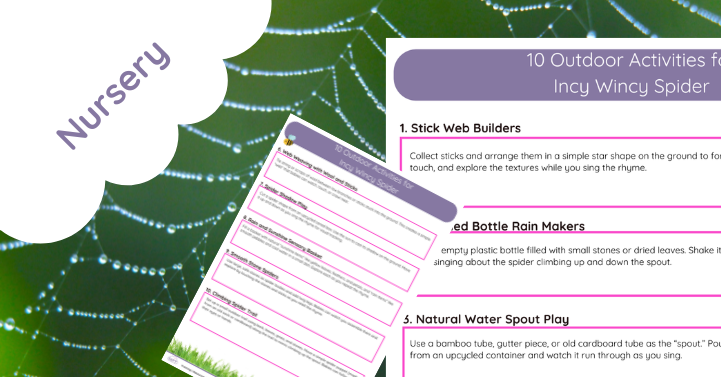
10 Outdoor Activities for Incy Wincy Spider
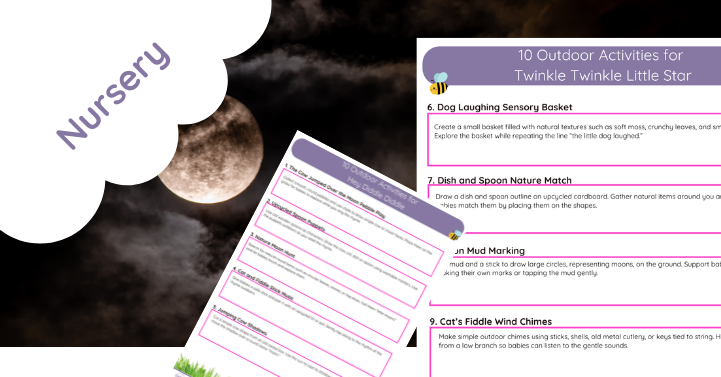
10 Outdoor Hey Diddle Diddle Activity Ideas
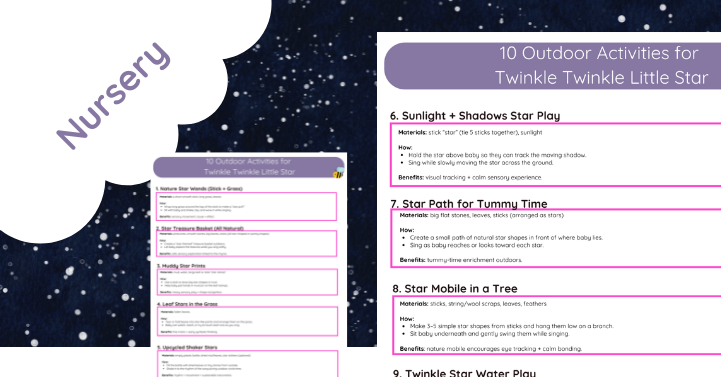
10 Outdoor Activities for Twinkle Twinkle Little Star
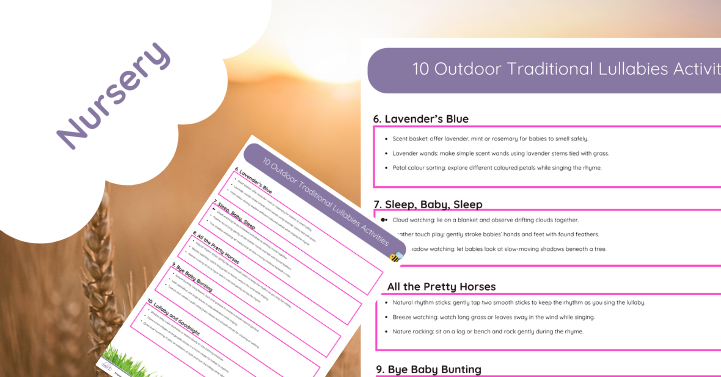
Outdoor Lullaby Activities for Babies
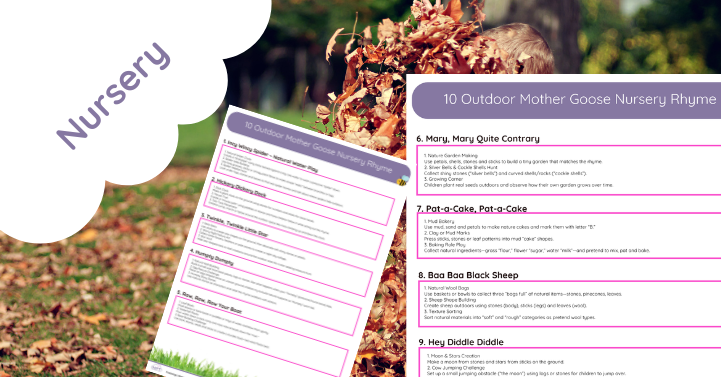
10 Outdoor Mother Goose Nursery Rhyme Activities
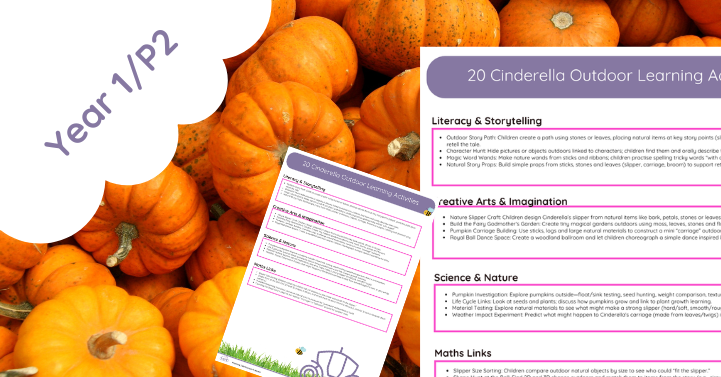
20 Cinderella Outdoor Learning Activities
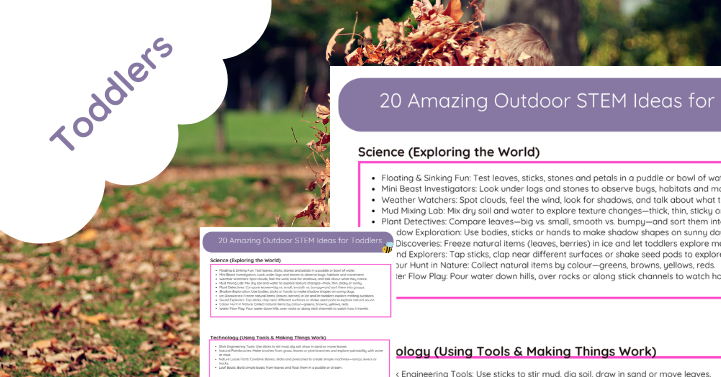
20 Amazing Outdoor STEM Ideas for Toddlers
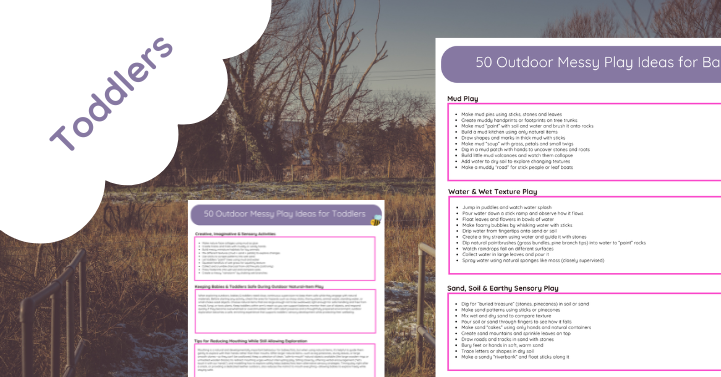
50 Outdoor Messy Play Ideas for Toddlers Using Natural Items
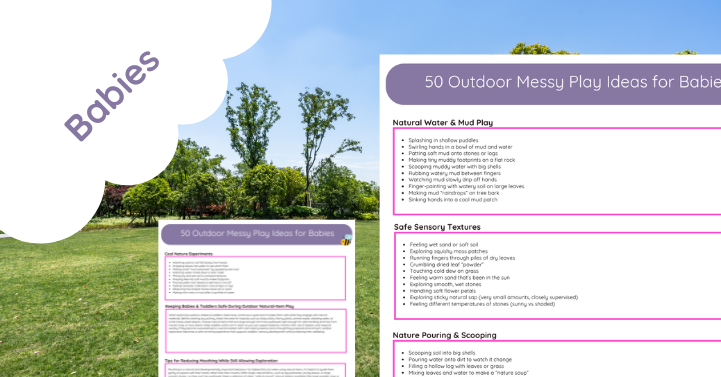
50 Outdoor Messy Play Ideas for Babies Using Natural Items
